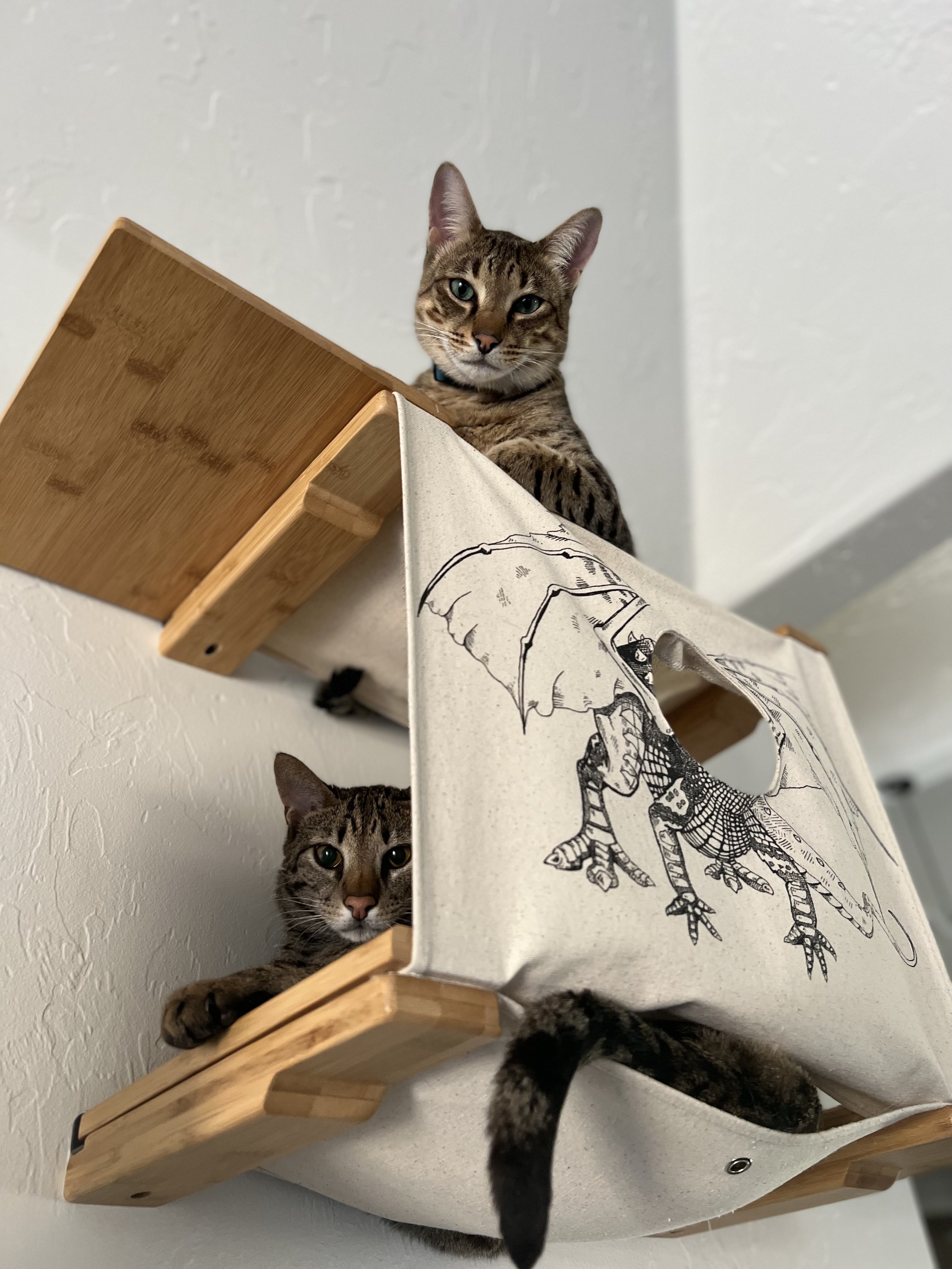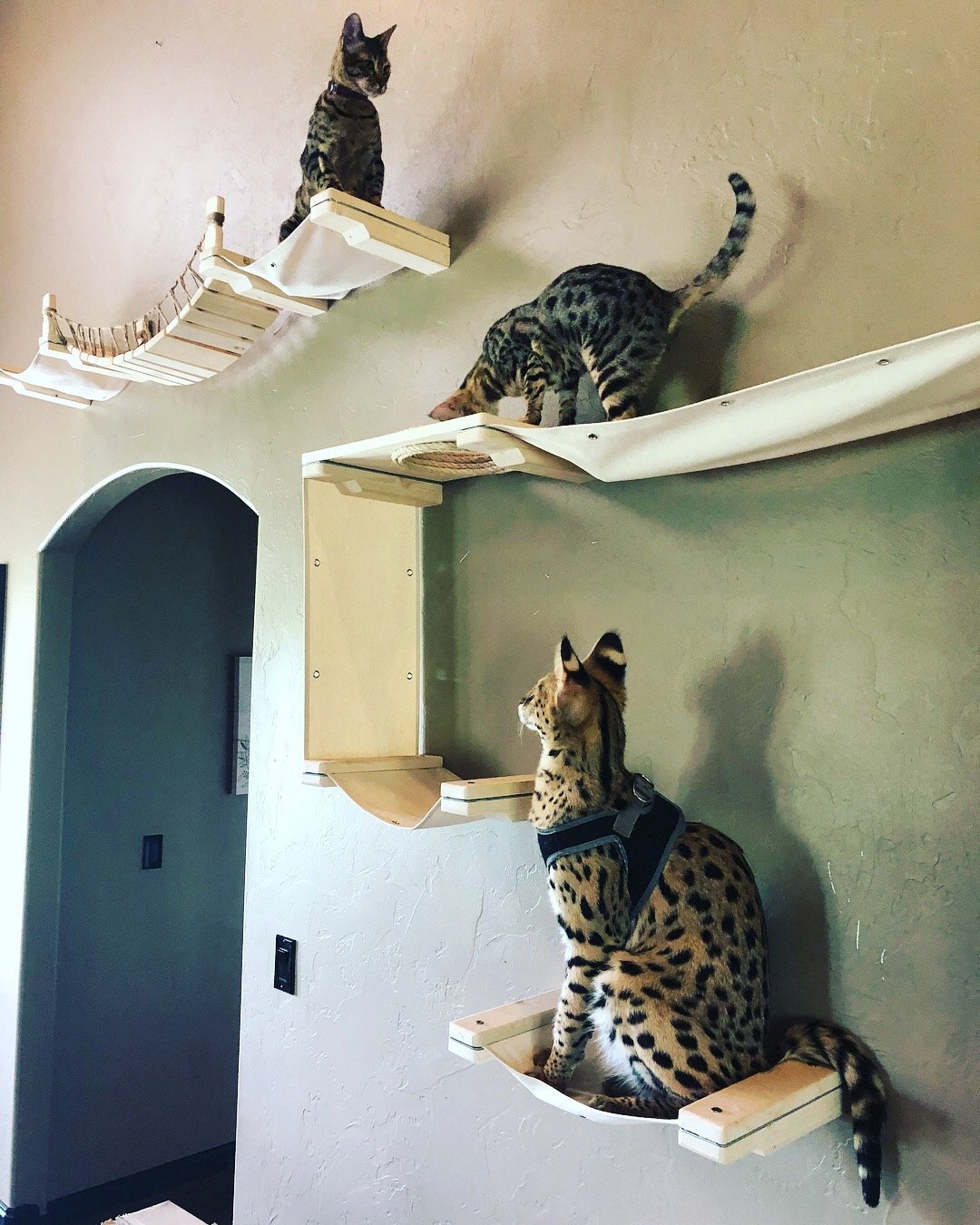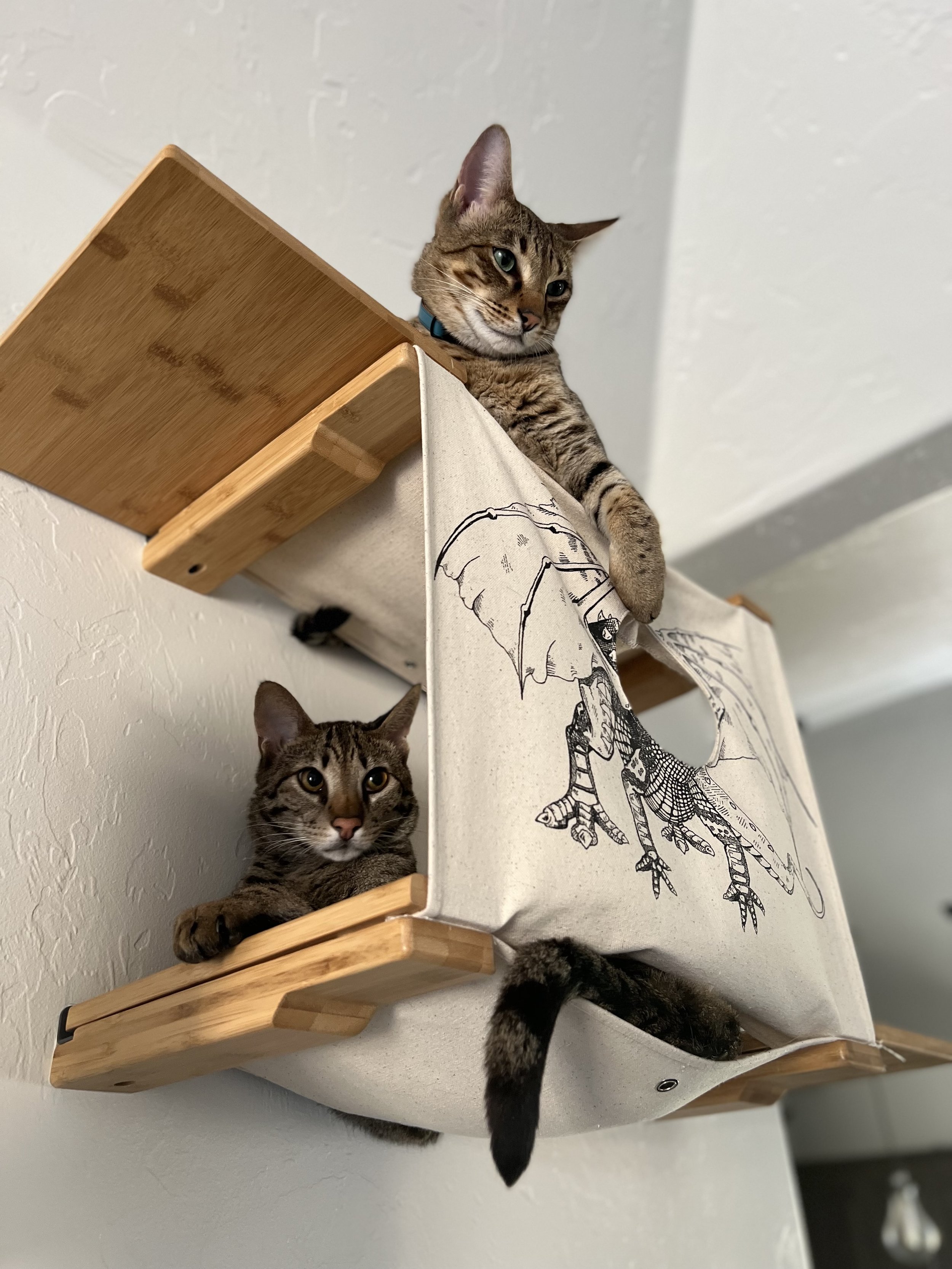Savannah cats, known for their exotic appearance and dynamic personalities, are a unique blend of wild and domestic feline traits. While they make fascinating pets, their healthcare needs are specific and require attentive management. This article delves into the common health issues faced by these extraordinary animals and outlines preventative measures to ensure they lead long, healthy lives.
Common Health Issues
Savannah cats can face several health issues, some of which are genetic, while others are environmentally influenced. Knowing these common problems may help owners take proactive steps to prevent them. Being a responsible pet parent is extremely important. However, it never hurts to take a break and relax a little. With a thorough analysis and familiarization with the zodiac casino independent review, playing online might be a pleasant way to spend time after taking good care of your beloved friend.
● PRA (Progressive Retinal Atrophy): A genetic condition leading to eventual blindness. Regular vet check-ups will help detect early signs.
● Hypertrophic Cardiomyopathy (HCM): A heart condition that is the most common form of heart disease in cats, including Savannahs. Screening for HCM should be part of a regular health check.
● FIP (Feline Infectious Peritonitis): While not specific to Savannahs, this viral disease is serious and can be fatal. Maintaining a clean environment and receiving regular vaccinations must reduce the risk.
● Dental Issues: Like all cats, Savannahs can suffer from dental problems, including periodontal disease. Good dental hygiene practices should prevent many of these issues.
● Nutritional Deficiencies: Due to their unique genetic makeup, Savannah cats may have specific dietary needs. A balanced diet, possibly supplemented with veterinary advice, is crucial.
Preventative Care Measures
Preventative care is key to managing the health of a Savannah cat. Here are several strategies to ensure your Savannah stays healthy:
● Regular Veterinary Check-ups: Annual or bi-annual visits to the vet can catch and prevent many health issues before they become serious.
● Proper Nutrition: A high-quality diet tailored to their specific needs is essential. Consult with a vet to ensure their dietary requirements are met.
● Vaccinations and Parasite Control: Keeping up with vaccinations and regular treatments for parasites like fleas, ticks, and worms is crucial for preventing common infectious diseases.
● Exercise and Enrichment: Savannahs are highly active and intelligent. Adequate physical and mental stimulation prevents stress and obesity-related health issues.
● Genetic Screening: For breed-specific issues like PRA and HCM, genetic screening can inform you of potential future health concerns.
Preventative care for Savannah cats goes beyond addressing physical wellness. It also encompasses creating a safe and stimulating environment that caters to their energetic and curious nature.
By being proactive in the health care of your Savannah cat, you can enjoy the vibrant personality and unique companionship they offer for many years. Ensuring their environment is enriched with opportunities for climbing, exploring, and interactive play will satisfy their instinctual needs and contribute to their physical and mental well-being.














